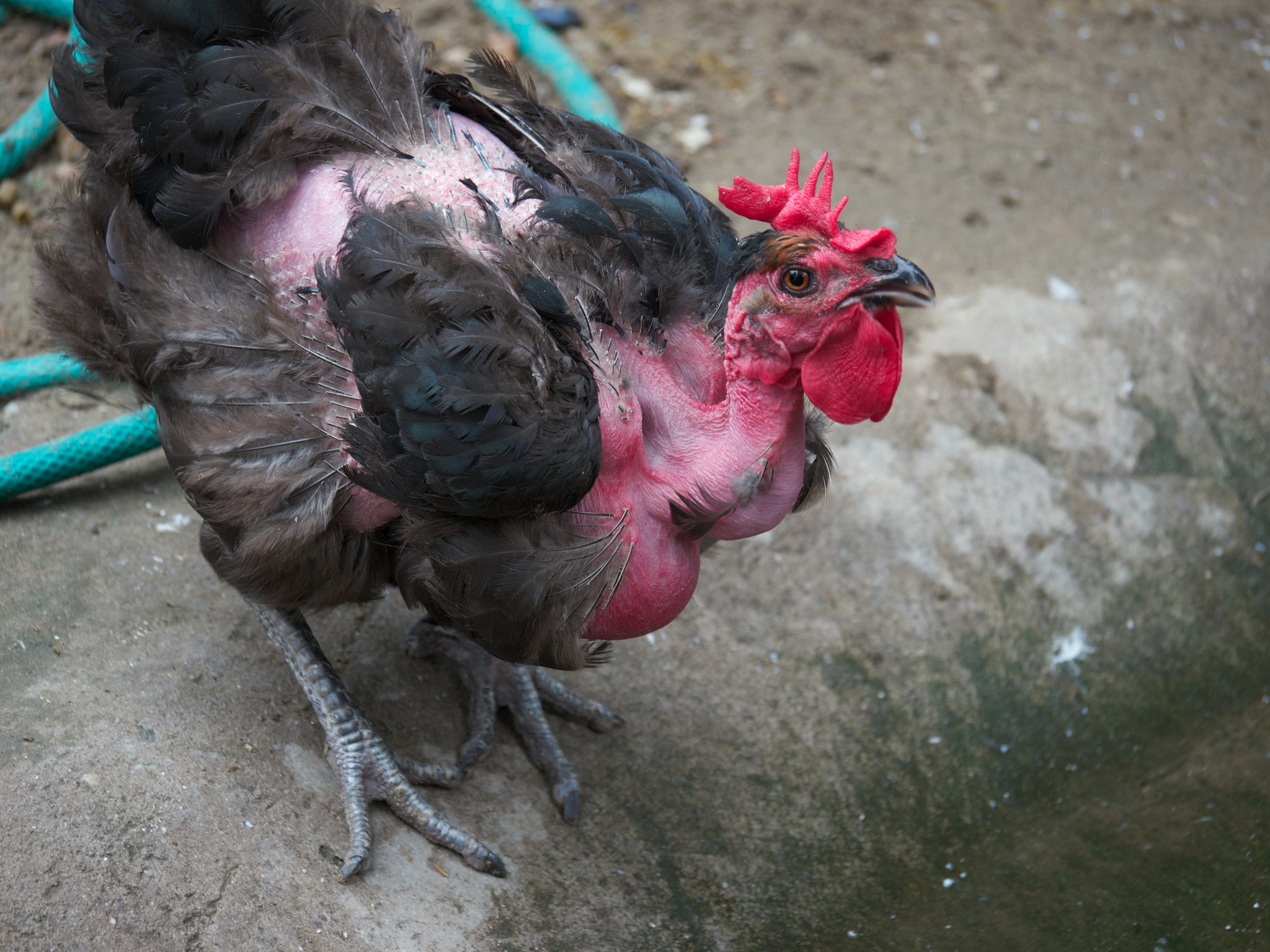
By George Munene
Induced moulting (feather shedding) in poultry can increase egg production from 64 per cent to 77-83 per cent and extend the laying period by 6 to 8 months as well as improve shell quality.
After a laying period of one year, the laying rate and shell quality of the eggs continuously decreases. Instead of replacing the hens, the laying period can be extended by 6 to 8 months by allowing the hens to moult.
Moulting is an annual eight to 12-week period when chickens shed off old feathers and re-grow new ones.
Naturally, the hens of a flock moult staggered by some days to weeks. This can lead to increased feather pecking and cannibalism. Artificial initiation of simultaneous moulting can reduce this behaviour.
Artificial initiation of moulting is only possible in chicken houses with electric light that allows the artificial control day length. Initiation of moulting should only be attempted in healthy flocks. Sick or weak animals will suffer or die during moulting and will not perform better after moulting.
Related News: Stones essential for proper chicken digestion
Related News: Controlling mortal Coccidiosis in chicken
According to an African organic poultry production resource manual compiled by the Research Institute of Organic Agriculture, to artificially induce moulting, the duration of light is reduced and low-energy food is fed for 14 days, or until all hens stop laying following the program below:
Day 1:
- Reduce the light period in the stable to 8 hours, and maintain this duration for 14 days.
- Close the access to the pasture. The hens should not scavenge but only eat their feed in the stable. If there is a small run yard with gravel, concrete, sand, bare earth, and wood chips, without scavenging opportunity, the pop holes can remain open during the day.
- The hens should finish the remaining layer of feed. Do not re-fill the feeders.
- Do not remove the calcium source (shell grit) All hens should have free access to it at all times.
Days 2 to 14:
- Offer as much bran as the hens can eat instead of the layer ration.
- Make sure that calcium is always available, as the hens have to refill their calcium reserves for the next laying cycle.
- Make sure that all hens have access to clean water at all times.
Related News: Continous training helps poultry farmers halve losses & balloon profits
When laying activity is down to zero:
- Increase the light period step-by-step-by-step over two weeks: three days of 9 hours, 3 days of 10 hours, three days of 11 hours, three days of 12 hours, then 14 hours, and –depending on the normal day length – possibly further increase (not longer than 16 hours).
- Return to feeding the layer ration over three days and stop refilling the bran:
Two days with 50 per cent of the normal daily layer ration, from the third day onwards as much as the hens want to eat (“ad libitum”).
- As soon as the hens receive their normal daily layer ration, give them access to the chicken pasture again. Hens are now allowed to scavenge freely.